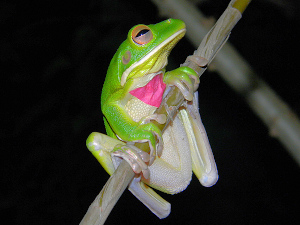A worldwide community photographing and learning about wildlife
wildlife photography meets citizen science
Project Noah 2
In 2024, a next generation Project Noah will be launching!
Follow our Facebook Page to stay in the loop with details and announcements.


